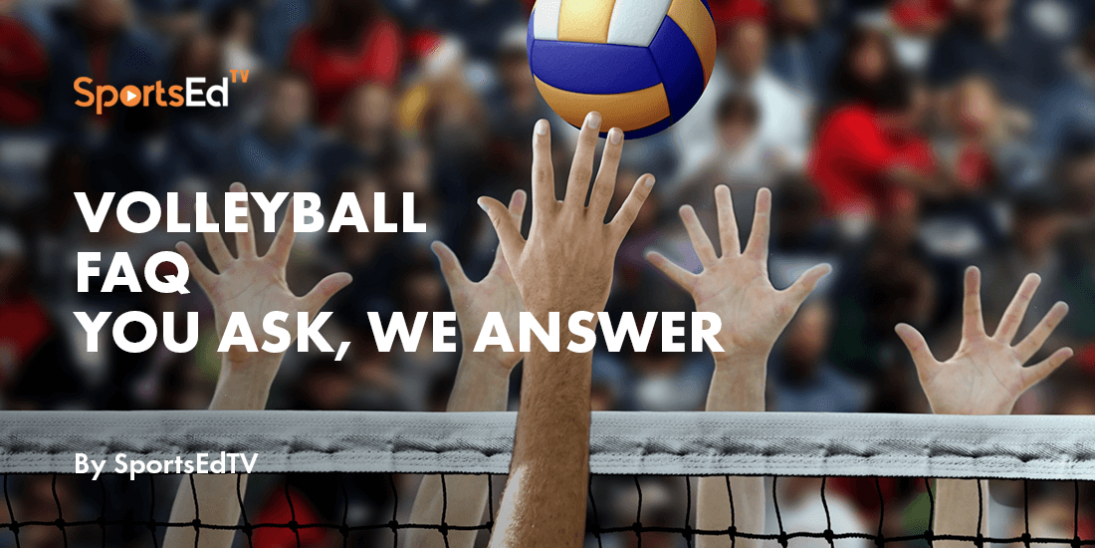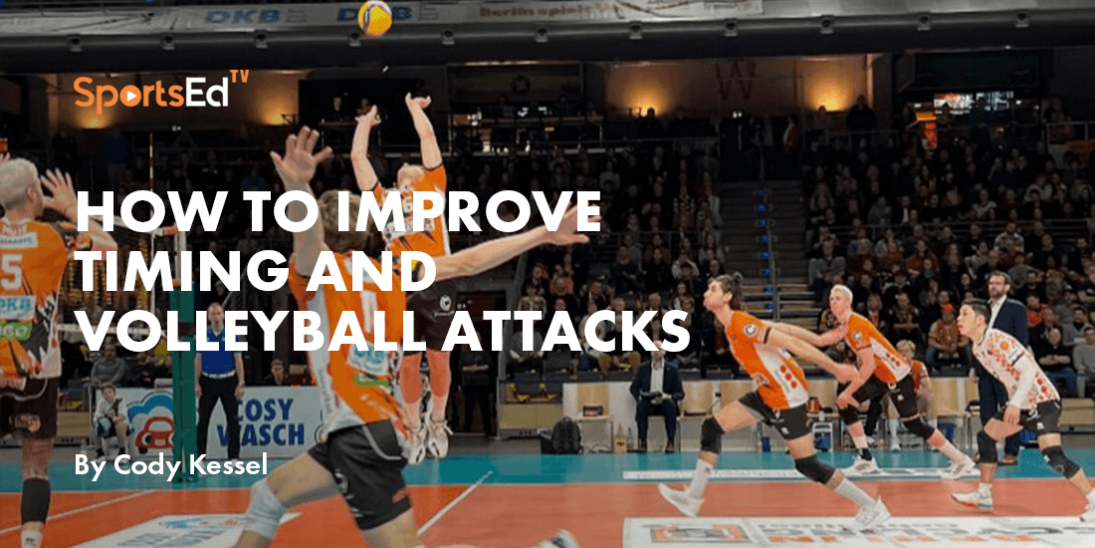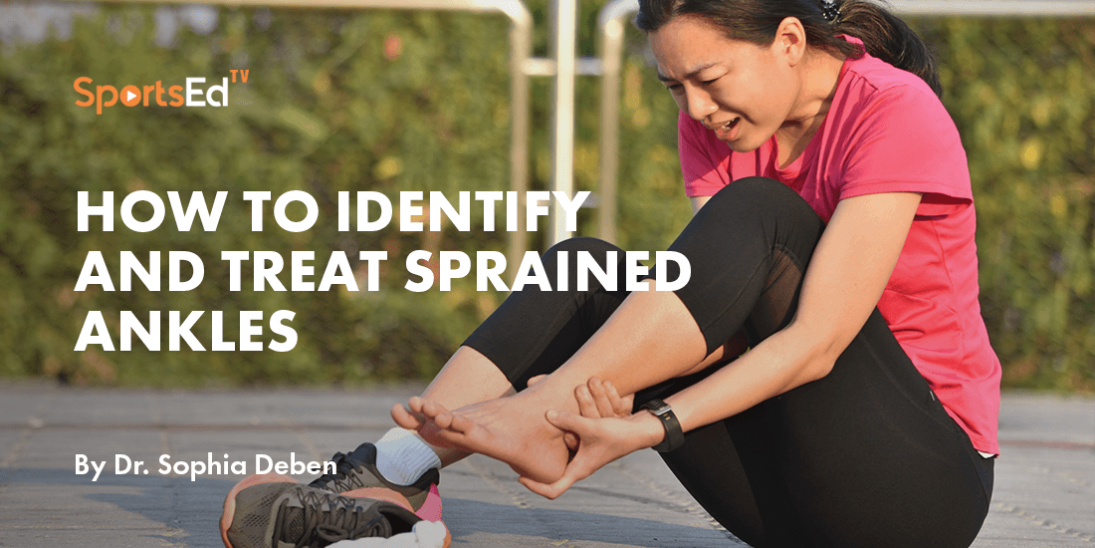Volleyball
Welcome and thanks for visiting...

Volleyball FAQ

What Is the Best Serve in Volleyball?
The best serve in volleyball depends on the skill level you or your team has attained and can execute proficiently and consistently.
Learn more about the best serves in volleyball here
What Is a Good Set in Volleyball?
Smart setters position themselves in the middle of the attacking zone to anticipate passes and set a good target for passers. Studying and knowing the quality of the opponent’s serves improves their positioning and setting. Learn more here.
What Is the First Line of Defense in Volleyball?
At the highest level, an aggressive serve is the first line of defense. At the collegiate level, the first line of defense is blocking followed by the defense that positions around the blockers. Read more here
Why Is Attacking Important in Volleyball?
Attacking is important in every sport, and especially important in volleyball. In volleyball, attacking is a tactical action that scores points. A powerful serve, an intelligent setter's dump, and a super spike are some examples of attacking action. The whole momentum of volleyball is dictated by the teams who can get a kill and put the volleyball down. Read more here
What is a libero in volleyball?
The libero is a key volleyball position, and is often called “the specialist in reception and in defense”. The libero enjoys “a special freedom” on the court, as they can continually go in and out of the field of play, usually substituting the center player or anyone else who is in a defensive position by rotation. The main goal of this substitute is for the libero to enter and “cover better” the zones where a supposed attack (or serve) would go. Counting on the libero, the team can boost and improve their performance and efficiency in reception. Learn how to become a good libero here.
How Do You Pass A Volleyball Step by Step?
Passing requires the ability to read and predict the opponent's serves trajectory and the player's ability to understand and be aware of his/her own space. This blog explains passing.
Volleyball Serves
Depending on the skill level you or your team has attained and can execute proficiently and consistently the following are different volleyball serves.
Underhand serve is a simple serve that can be performed aggressively and accurately at targets.
Overhead top spin is an aggressive serve that resembles the tennis top spin concept.
Ground Floater is a serve that requires finesse at the contact point so a floatation effect is achieved.
Jump Floater requires strong jumping ability timed with ball contact that will also generate a floatation. This is a very aggressive serve when performed one yard or meter inside of the court.
Jump Top Spin originally adopted in Asia, it became a powerful serve in the 70’s and 80’s. Today, the Jump Top Spin is the most common serve among boys and men’s volleyball.
Hybrid Serve. It is the newest tactical variation serve. This serve consists of assuming the posture of making a top spin and then changing in the air to perform a jump floater. Or vice-versa, the server assumes the posture to resemble serving a jump floater and, with the wrist snaps, changes in the air and executes a jump topspin at the serve-receivers.
How to Serve Volleyball Underhand?
Underhand serve is a simple serve that can be performed aggressively and accurately at specific targets. Tactically it can be adopted at elementary schools, middle schools, and at recreational leagues. Step-by-Step Learning Video Here.
How to improve passing volleyball?
Learning correct court positioning that requires a passer to recognize passing zones and explore dynamic spacing with quick runs back and forth in a low-ready position, moving using the shuffle footwork pattern to zig-zag in angles nearing 45 degrees, is sure to improve passing skills. Also, passing improvement requires ably reading and predicting the trajectory of a serve and its relativity to the passers in court space.
Learn more about how to pass in volleyball
How to practice passing in volleyball?
Passing requires ably reading and predicting the trajectory of a serve and its relativity to the passers on court space. Correct court positioning requires a passer to recognize passing zones and explore dynamic spacing with quick runs back and forth in a low-ready position, moving using the shuffle footwork pattern to zig-zag in angles nearing 45 degrees.
Learn more about how to pass in volleyball
What does a setter do in volleyball?
Setting is a transitional skill that allows the team to manage to go from a defensive situation (passing) into an offensive situation (spiking and/or attacking). Setters have a deep understanding of how an incoming serve can affect the quality of the next passes. Setters should position themselves in the middle of the attacking zone to anticipate teammates' passes and set a good target for them.
Learn about a good volleyball set here and about the jump set here
What is a good set in volleyball?
Any set that allows the ball to be hit by a teammate is a very good set. When a setter delivers the ball in a position where a teammate can spike the ball, getting a late or no block at all, it is a great set.
What is the correct way to hold hands during passing for volleyball?
Tradition calls for the heart-shaped configuration of a passer’s hands in passing, although there has been a considerable drift from tradition in performance as shown in this deep dive on the subject.








